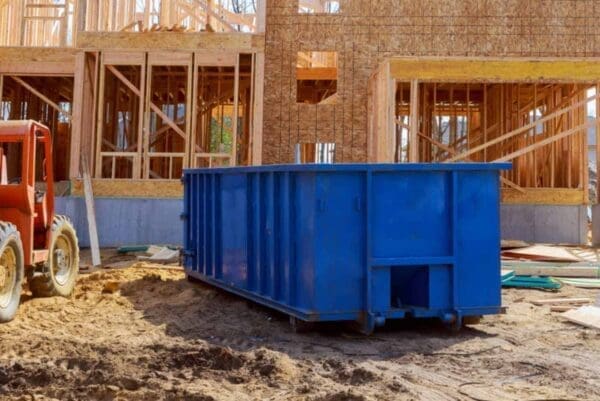
Asbestos is a dangerous toxin that needs to be handled with the utmost care. If asbestos becomes damaged, the fibers can be inhaled and cause mesothelioma or other asbestos-related diseases.
Because it was widely used in construction, asbestos can be found in many older homes and buildings. An inspector can determine if any asbestos present poses a threat and needs to be removed. The asbestos abatement process can consist of sealing off the asbestos or removing the carcinogen entirely.
After removal, asbestos is typically transported to a certified landfill. But that might not be the only option. Some researches have found chemical processes that may be able to break down the harmful fibers, so asbestos containing materials can be safely reused.
Asbestos Disposal Process
If damaged asbestos needs to be removed from a building or home, there are rigorous laws in place federally, by state, and within different counties for how the asbestos must be handled. Since asbestos is an airborne hazard, the EPA also has air toxic regulations in place to minimize the risk of the public’s exposure. You can find more specific details on how asbestos is handled where you live on your state and local government sites. Finding qualified asbestos abatement professionals to assess any risk and remove the toxin safely is essential for preventing the serious health risks asbestos can cause.
In general, the EPA states the asbestos containing material needs to be wetted down before being sealed in a leak-tight container and properly labeled. The vehicle that will transport the asbestos to the landfill for disposal also needs to be properly labeled and follow specific waste recordkeeping requirements. The landfill itself must be qualified to handle asbestos, and asbestos waste is generally kept to a specific area. The landfill is responsible for ensuring it is fully secure and will not leak into the air or ground, which takes a lot of resources.
Recycling Asbestos
With the amount of landfill space shrinking, various studies have been conducted to try to find other ways to safely handle asbestos once removed. The idea of recycling asbestos has been toyed around with through a few different processes that could save space and money.
A study in Italy looked at using the process of mechanochemical transformation to stabilize asbestos waste and be able to reuse these products safely. The study looked into essentially transforming chrysotile and amphibole asbestos into a new amorphous material. The mechanochemical process basically breaks down the chemical bonds in a substance through some chemical reaction – in this case, grinding – which changes the overall structure of the material. In their experiment, researchers used a high speed mill to grind various samples of waste materials containing asbestos. They found they were able to effectively break down the asbestos fibers. Analysis of the samples showed the asbestos had completely transformed into an amorphous state within as little as four minutes.
Another study conducted through the U.S. Department of Energy looked into removing asbestos from contaminated materials, specifically metals, by using a sodium hydroxide bath that would prevent the fibers from becoming airborne. The remaining residue of the strong base and asbestos can be put through an intense melting process to then be transformed into glass or a glass-ceramic. The resulting product is non-hazardous, and both the metal and newly formed glass could be reused safely.
Being able to recycle asbestos could save a lot of resources and reduce the risk of contamination at these landfills. While these studies show some promise for being able to recycle asbestos effectively, it’s important to note these processes shouldn’t be attempted on your own. Professionals should always be called to handle the removal and disposal of asbestos.




